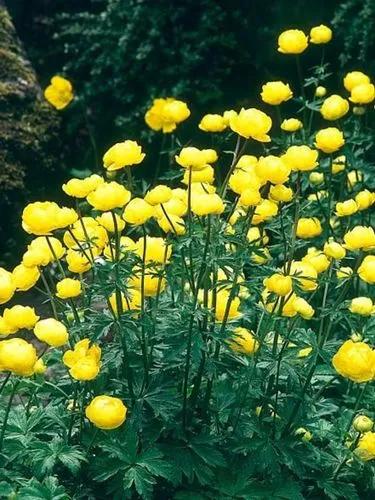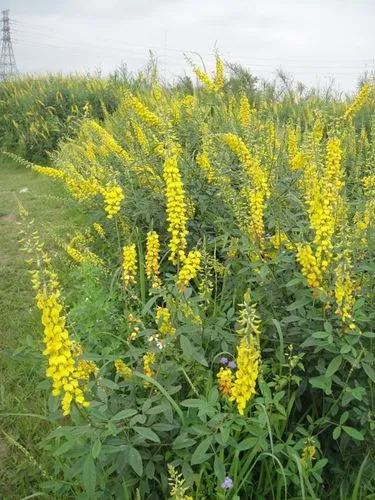Nicandra physalodes is a species of flowering plant in subfamily Solanoideae of the nightshade family. It is known by the common names apple-of-Peru and shoo-fly plant. It is thought originally to have been native to western South America, including Peru, and is known elsewhere as an introduced and ruderal species – sometimes as a weed – in tropical, subtropical and, to a lesser extent, temperate areas all over the world. It has also long been cultivated as an ornamental plant for its attractive flowers and curious fruits (the latter sometimes dried for use in floral design) and has been adopted into the traditional medicine of countries far-removed from its original home.
Apple-Of-Peru, Shoo-Fly Plant. Care
Nicandra physalodes



Plants grow to 1 metre tall and are vigorous with spreading branches and ovate, mid-green, toothed and waved leaves. The flowers are bell-shaped and 5 centimeters or more across, pale violet with white throats (occasionally pure white), opening only for a few hours in the day. The flower becomes lantern-like towards the end of its blooming period, the inflated calyces somewhat resembling those of certain Physalis spp., although in Nicandra (unlike in Physalis) the fruiting calyx is deeply lobed, (the sepals cordate) and not a single, undivided, bladder-like structure. The plant is thought to have insect repellent properties, particularly in relation to whitefly. N. physalodes seeds have a relatively thick testa (seed coat) and exhibit strong dormancy, which may, however be broken by a combination of warm and cold stratification, involving temperature fluctuation between 15 and 25 °C.
This plant is useful.
This plant might be poisonous
How to get rid of:
How to Care for the Plant

Popularity

404 people already have this plant 60 people have added this plant to their wishlists
Discover more plants with the list below
Popular articles






